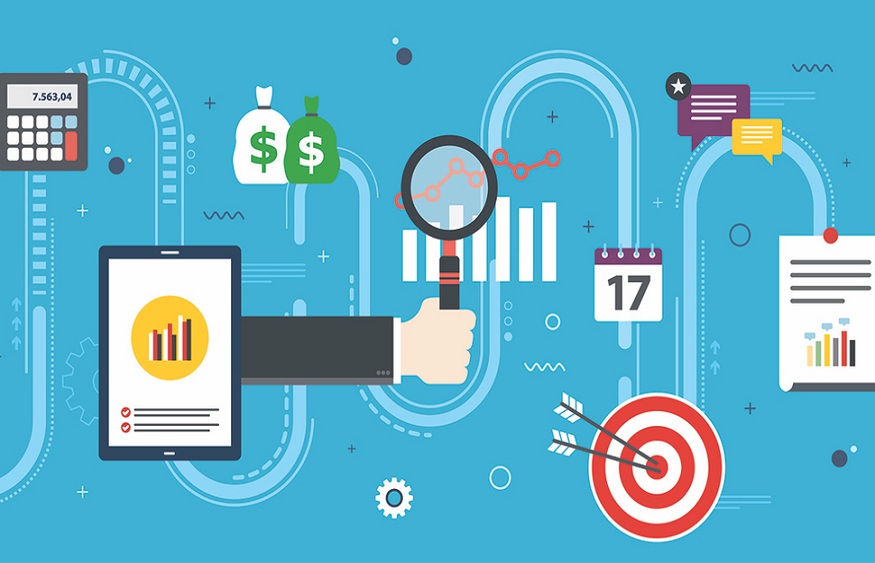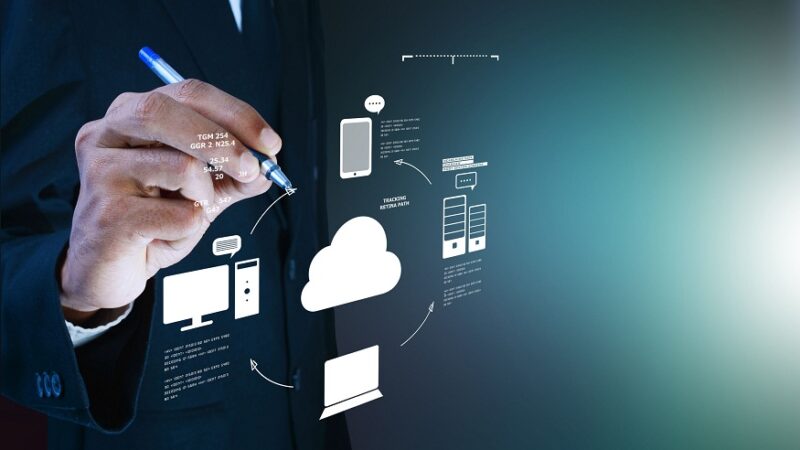Revolutionizing Data Empowerment: The Rise of Self-Service Analytics in the USA

The capacity to access, analyze, and interpret data has evolved into a crucial skill for enterprises and organizations of all kinds in today’s data-driven world. Self-service analytics has emerged as a game-changer in the United States, where the landscape of data utilization has experienced a dramatic upheaval. Self-service analytics gives people the freedom to autonomously explore and learn from data across organizations, promoting a culture of data-driven decision-making. The significance, advantages, difficulties, and potential applications of self-service analytics in the USA are examined in this article.
The Dawn of Self-Service Analytics
Generally, getting to and breaking down information was an intricate cycle, frequently requiring the contribution of IT subject matter experts or information examiners. This created bottlenecks in navigation and frustrated convenient reactions to advertise changes. Self-administration examination, notwithstanding, upset this situation by empowering non-specialized clients to control and envision information themselves. This democratization of information access has led to another period of information-driven decision-production across ventures.
Empowering Data Literacy
The improvement of self service analytics within organizations is one of the major effects of the self-service analytics revolution. Businesses in the USA have realized the importance of equipping their staff with the knowledge and abilities necessary to use data efficiently. Self-service analytics platforms include user-friendly interfaces that let users design unique reports, dashboards, and visualizations without knowing any programming languages or other specialized skills. As a result of this change, data has been more accessible to all employees and has been transformed into a strategic asset that they can use to make wise decisions.
Benefits of Self-Service Analytics
- Quicker Independent direction: Self-administration examination empowers faster navigation by disposing of the dependence on delegates for information recovery and investigation. Clients can get continuous information and gain bits of knowledge on the spot, prompting more spry and responsive systems.
- Customization: Conventional detailing techniques frequently give predefined formats that probably won’t take care of explicit business needs. Self-administration examination permits clients to make customized reports and representations that line up with their special prerequisites.
- Decreased Responsibility on IT: IT offices are generally troubled with specially appointed information demands. Self-administration investigation stages diminish this heap by engaging clients to get the information they need autonomously, opening up IT assets for additional essential assignments.
- Self-service analytics enable users to perform exploratory research independently, revealing trends and insights that could have gone unnoticed using more conventional reporting techniques.
- Enhanced cooperation: Users may simply share their findings, reports, and visualizations with team members thanks to self-service analytics, which promotes cooperation. This makes it easier to make decisions that are well-informed and coordinated.
Addressing Data Visualization Challenges: Enhancing Insights through Self-Service Analytics
In the scene of self-administration examination, information representation assumes a significant part in passing on complex data in a reasonable and effective way. The capacity to make convincing visual portrayals of information enables clients to get a handle on bits of knowledge rapidly, pursue informed choices, and impart discoveries. Nonetheless, while self-administration investigation stages offer critical advantages, they likewise accompany difficulties connected with information representation. Addressing these difficulties is fundamental to augment the capability of self-administration investigation.
Challenges and Mitigations
While self-service analytics brings transformative benefits, it also presents certain challenges that organizations need to address:
- Data Quality and Governance: With increased access to data, maintaining data quality and adhering to governance standards becomes crucial. Organizations must implement strict data quality controls and provide guidelines for responsible data usage.
- Skill Gaps: Despite user-friendly interfaces, some employees might still lack the necessary data analysis skills. Training programs and resources can bridge this gap and foster a culture of continuous learning.
- Security Concerns: Allowing broader access to data raises security concerns. Encryption, role-based access control, and regular security audits are essential to safeguard sensitive information.
- Data Silos: Self-service analytics can inadvertently lead to the creation of data silos if not managed properly. Integrating data from various sources and systems is vital to ensure a holistic view of the business.
Self-Service Analytics in the USA: Industry Applications
The impact of self-service analytics is visible across various industries in the USA:
Self-service analytics are used by retailers to analyze client behavior, improve inventory control, and create marketing plans based on current information.
- Healthcare: By analyzing clinical data, forecasting disease outbreaks, and optimising resource allocation, healthcare organisations use self-service analytics to improve patient care.
- Banking and Finance: The banking and finance industries benefit from self-service analytics for fraud detection, risk assessment, and individualised financial consulting services.
- Manufacturing: To optimise manufacturing processes, track equipment performance, and anticipate maintenance needs, manufacturers employ self-service analytics.
- Marketing and advertising: Marketers use self-service analytics to assess customer sentiment, gauge the success of campaigns, and manage marketing budgets.
Future Trends and Outlook
The evolution of self service analytics in USA is far from over. Several trends are shaping its future in the USA:
- Increased Examination: The coordination of AI and man-made consciousness into self-administration investigation stages will engage clients to acquire further experiences from their information through robotized design acknowledgment and prescient examination.
- Regular Language Handling: The capacity to communicate with examination stages utilizing normal language questions will make information investigation considerably more natural, permitting clients to pose inquiries in plain language and get applicable experiences.
- Cloud-Based Arrangements: Cloud innovation will assume a critical part in the development of self-administration examination, giving versatile and adaptable arrangements that can oblige expanding information volumes and client requests.
- Information Democratization: The pattern towards information democratization will proceed, with associations zeroing in on cultivating an information driven culture that urges all workers to draw in with and add to information examination.
- Moral Information Use: As information protection concerns increment, self-administration examination stages should consolidate strong security includes and guarantee consistence with guidelines like GDPR and CCPA.
Conclusion
The way organisations in the USA use data has been revolutionised by self-service analytics, which has transferred the power of analysis from specialised IT teams to individual users across multiple functions. This trend has improved decision-making, increased data literacy, and given people more flexibility in how they approach problems and seize opportunities. A data-driven future that empowers people and increases the potential of data as a strategic asset is poised to be created as self-service analytics continues to develop and have a revolutionary impact on businesses and organisations.






